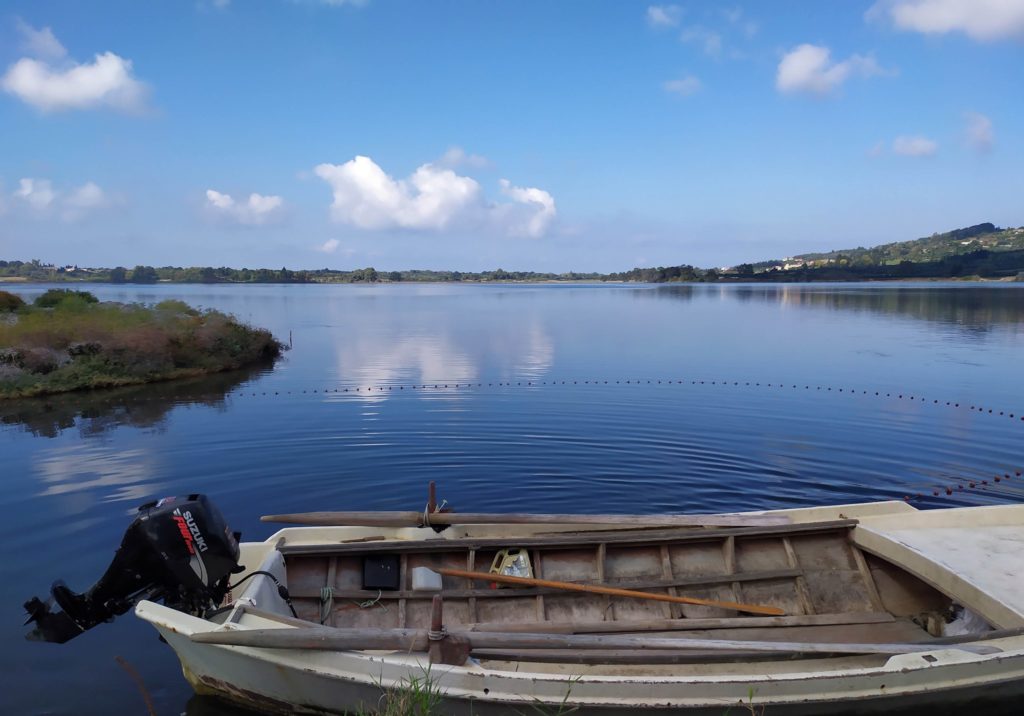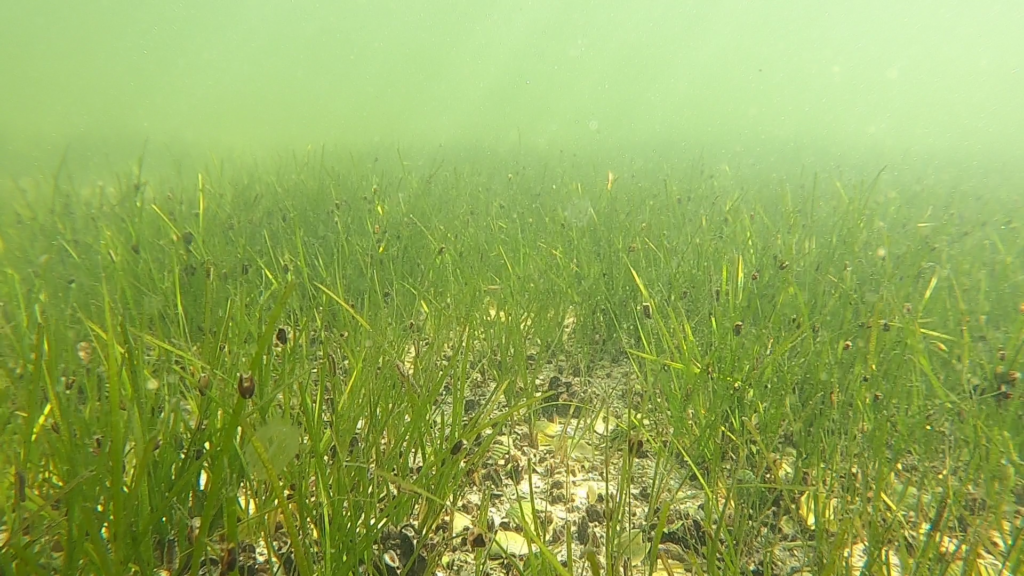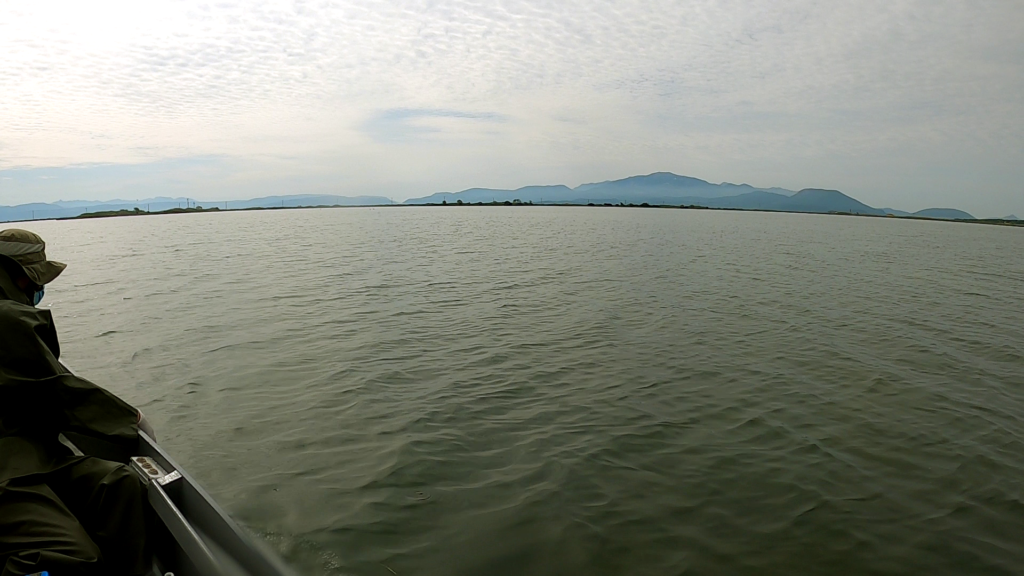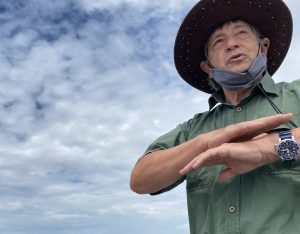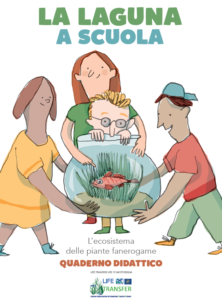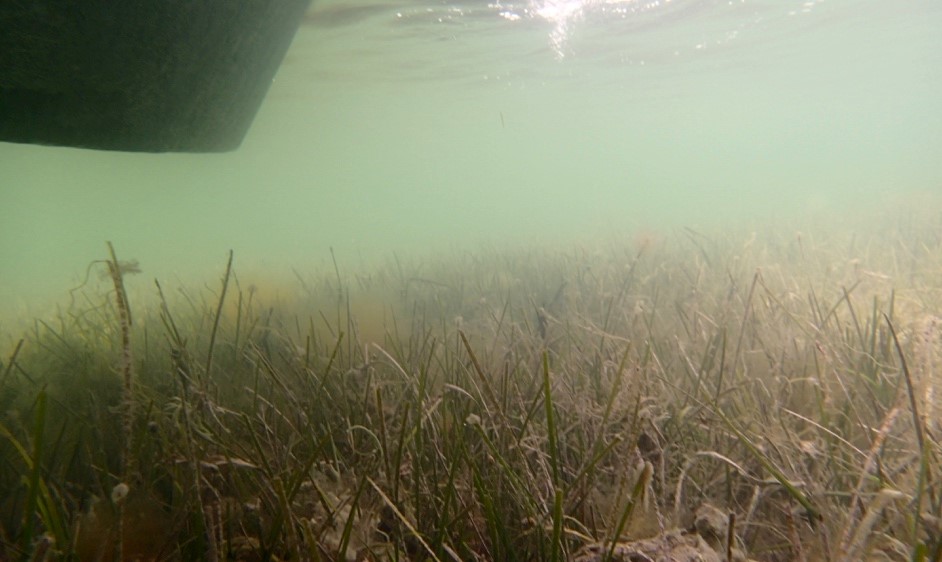
Despite the ongoing Coronavirus pandemic, four lagoons in the Amvrakikos lagoonal complex were surveyed by the HCMR transitional waters team in April 2021 to determine baseline conditions before the start of any restoration actions under the framework of the LIFE-TRANSFER project.
Both potential donor and recipient sites were examined to ensure the suitability of any future actions. Sediment and water samples were taken from all four lagoons (Mazoma, Rodia, Tsoukalio, and Loagarou), and seagrass meadows in each lagoon were approximately mapped via a visual census. Water column parameters measured in each lagoon included: Depth, Visibility, Temperature, Salinity, Conductivity, Dissolved Oxygen, pH, Heavy metals, Particulate organic matter, Chlorophyll-α, Nutrients, Total Nitrogen and Total Phosphate, Phytoplankton, Phytobenthos, Macrobenthos communities, Granulometry of sediment, and Total organic carbon of sediment.
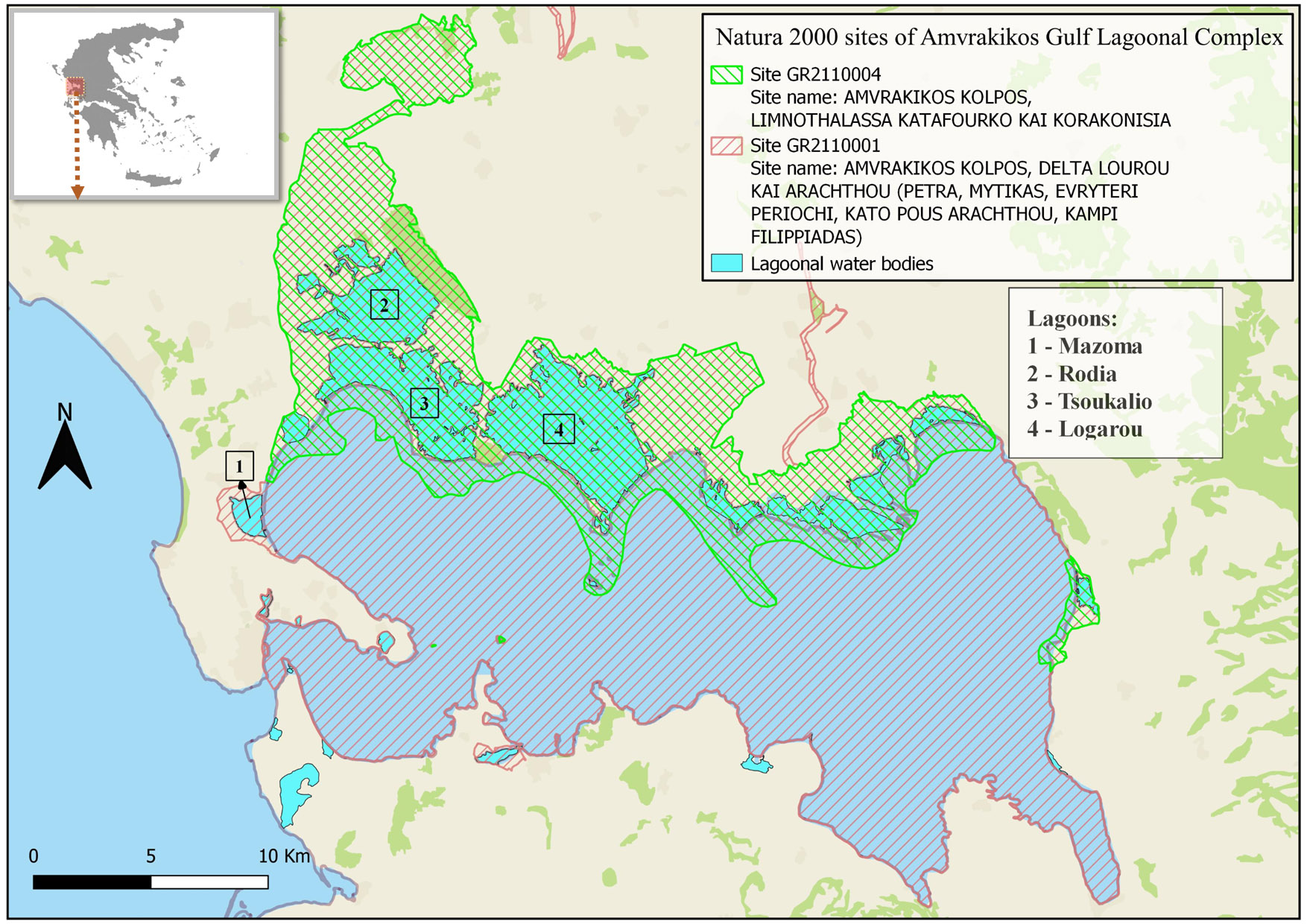
The main focus of the survey was to determine the suitability of Logarou lagoon as a recipient site for restoration activities. Historically the seagrass meadows of Logarou are in decline, and as the meadows identified during the baseline survey are relatively patchy yet cover a relatively wide surface area of the lagoon it appears Logrou lagoon is a suitable candidate site for restoration activities, however, the results from the macrobenthic community analyses will provide a more detailed and holistic overview of the lagoon ecosystem.
